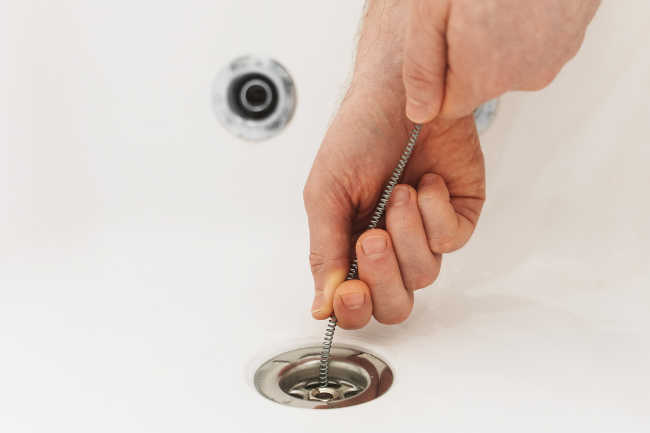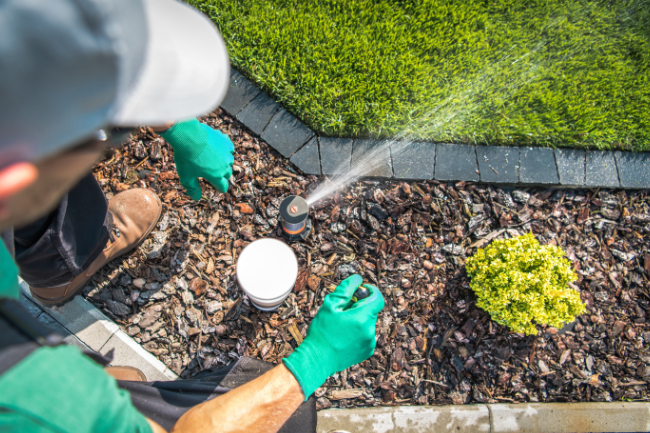The 3 Most Common Home Toilet Problems
Posted by William Heinselman on
 Whether it’s a persistent clog, continuous flush or slow draining toilet, dealing with a toilet problem in your home is never a pleasant experience. Even less so are the perceived costs of professional toilet repair.
Whether it’s a persistent clog, continuous flush or slow draining toilet, dealing with a toilet problem in your home is never a pleasant experience. Even less so are the perceived costs of professional toilet repair.
However, hiring an expert to inspect and restore your toilet to proper performance doesn’t have to be a financial hassle. In fact, doing so could end up saving you hundreds every month in excessive water consumption, or later repair costs due to significant pipe damage.
In this blog, we tackle three of the most common home toilet problems, and identify the best solutions for dealing with these problems and returning your toilet to proper performance.
Consistent Clogging, Overflow or Blockage
By far, the most common home toilet problem is an overflowing bowl, typically the result of a clog somewhere in your toilet’s waste pipe. While you can typically eliminate everyday clogs with a plunger, dish soap or vinegar/baking soda solution, you should always call a plumbing expert if clogs repeat, or if conventional unclogging measures prove ineffective.
If this is the case, the problem may be further in your plumbing system, as corrosion and debris can build up over time and obstruct your pipes outside of reach. Even worse, there’s the potential chance that your pipes, themselves, are failing. Professional plumbing technicians typically use high-end video inspection equipment to find these clogs or pipe failures, and help homeowners choose the best repair options for their specific situation.
A Continuously Running Tank
After troublesome clogging or toilet pipe blockage, a continuously running tank is the next most common toilet problem homeowners are faced with every day in normal use. Having a running tank is a frustrating wasteful occurrence that ends up costing homeowners across the U.S. hundreds of dollars in excess water consumption annually.
In fact, a running toilet is one of the leading factors in an unnaturally high water bill; running, leaking toilets can consume as much as two gallons of water every minute, resulting in thousands of gallons wasted each month. Financially, this waste takes its toll on your monthly bill, and can sometimes double, if not triple, what you normally pay.
To test if your running tank is leaking water due to a poor flapper seal, simply push the flapper within your tank down, and listen for running water to stop. If it does, the problem is a partially loose flapper seal. Fortunately, resolving this issue isn’t a great challenge.
For starters, try replacing your toilet’s flapper; a poor flapper seal will continuously leak water into your bowl, and waste gallons upon gallons of water until the seal issue is corrected. Fortunately, flapper valves are very inexpensive, and can be found at your local home improvement or hardware store and installed with ease.
If the sound of running water does not stop when you press down on your tank’s flapper, however, it’s probably a good idea to contact a trained plumbing specialist in your area to professionally evaluate your unit. At this point, and DIY repair efforts could end up making matters worse, or further harm your toilet. It’s always better to play it safe with your plumbing, and call the experts when necessary.
Partial or Slow Flushing
A partial flush or slow, poor performance flush could indicate several things, some of which can be assessed on your own with a little DIY toilet repair know-how, and some of which require the intervention of a trained plumbing specialist.
A partial flush is usually the result of an over-saturated or faulty flapper valve (essentially, the opposite of a poor flapper seal, which is the leading cause of running toilet problems). When a flapper valve becomes over-saturated, it closes over the water flow pipe prematurely, cutting off flow to your bowl. If your valve closes before roughly 80% of the tank’s water has been flushed through your bowl, it’s probably time to replace your valve.
Matters may be more serious if your toilet is flushing slowly, as opposed to partially. A slow flush is usually a sign of clogging or obstruction somewhere in your plumbing pipes. To test if your toilet’s drain pipes are clogged, fill your toilet bowl with a five gallon bucket of water and flush as quickly as possible. If the flush uses greater force, your pipes are probably fine; however, if the flush retains the sluggish, poor speed as before, there is most likely a clog somewhere in your plumbing obstructing flow.
In these circumstances, or any of the others mentioned in this article, it’s important to not hesitate when professional repairs are needed. Doing so can wind up costing you far more than necessary, or cause further damage to your home’s plumbing. Contacting a professional plumbing company to evaluate and repair your broken, clogged or poor performing toilet can end up saving you hundreds in high water bill or later repair costs.

Topics: Home Plumbing






